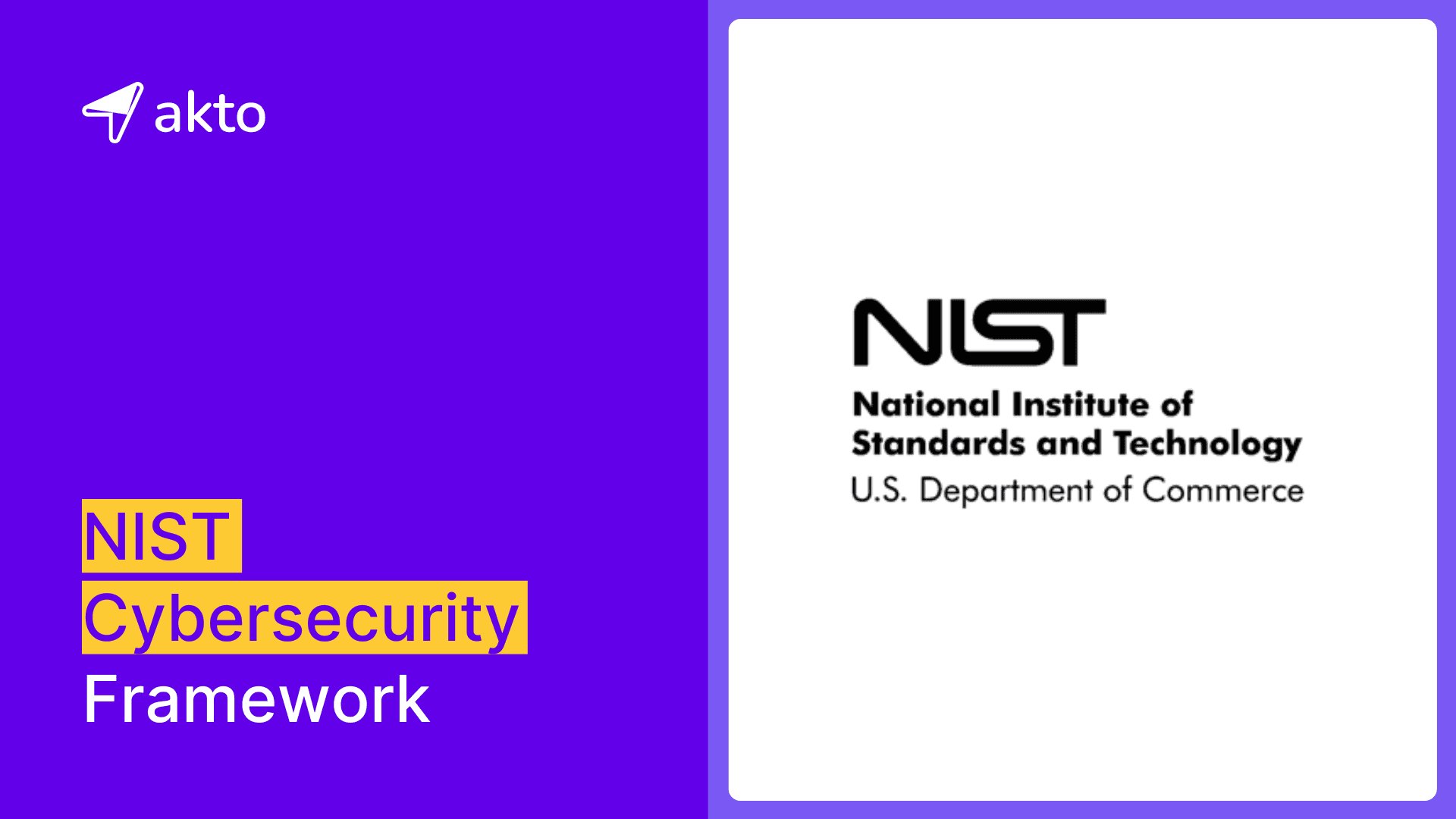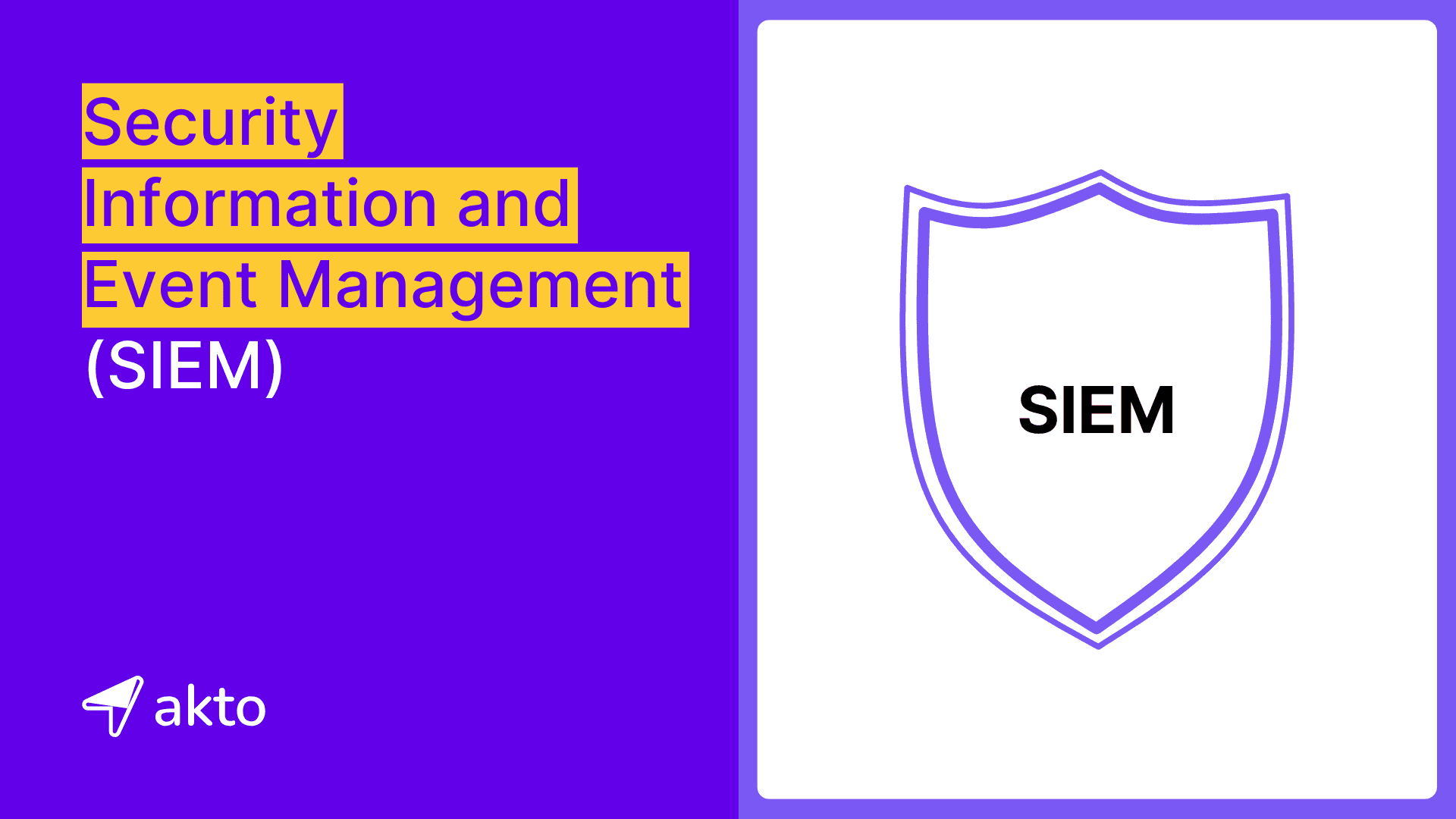Top 10 Best RASP Solutions
10 Best RASP Solutions that continuously monitor software applications to Identify and protect against threats in real time.

Muze
Aug 28, 2024
Runtime Application Self-Protection (RASP) embed directly into applications to provide real-time threat detection and response by monitoring the application from the inside out. This blog will introduce you to RASP solutions, highlight key features to consider when exploring RASP solutions and present the 10 best RASP solutions available.
Let’s get started.
What are RASP Solutions?
Runtime Application Self-Protection (RASP) Solutions secure software applications during their operation. They continuously monitor applications for threats or harmful activities and take immediate action upon detecting anything suspicious.

How RASP Works
RASP integrates into the application's runtime environment, continuously monitoring data flow, execution pathways, and system calls. It offers a significant advantage by minimally impacting the development process. Unlike traditional security measures, RASP functions without requiring substantial code changes, saving time and effort.
RASP employs predefined security policies and dynamic analysis to examine activity and identify suspicious behavior. It actively searches for warning signs that may indicate cross-site scripting (XSS) attacks, SQL injection attacks, or other malicious activities. When RASP detects a threat, it reacts promptly. Depending on the severity, RASP can block malicious data inputs, terminate suspicious user sessions, or promptly alert security teams.
In essence, RASP provides applications with a comprehensive shield, constantly watching for evolving threats and delivering real-time protection without disrupting the development workflow.
Essential Factors in Choosing a RASP Solution
When implementing a Runtime Application Self-Protection (RASP) solution, consider several essential factors to ensure effective deployment and integration into existing systems. The primary considerations include:
1. Deployment Scope
Determine the deployment scope by identifying applications for monitoring. Start with critical applications handling sensitive data and gradually expand to others. This phased approach enables more manageable implementation and testing.
2. Integration
Evaluate how the RASP solution will integrate with the organization’s current security ecosystem, including Security Information and Event Management (SIEM) systems, Web Application Firewalls (WAF), and other security solutions. Ensure compatibility with existing tools to maximize the effectiveness of the RASP implementation.
3. Testing and Validation
Conduct thorough testing of the RASP solution before full implementation. Evaluate the impact of the RASP solution on application performance and ensure the solution does not introduce significant latency or issues for end-users. Continuously monitor the RASP solution during this phase to identify any anomalies or performance degradation.
4. Autonomous Operation
Assess whether the RASP solution can operate autonomously or requires cloud connectivity for analyzing data. While cloud solutions may offer advanced features, they may also raise data security and compliance concerns.
5. Multi-Language and Framework Compatibility
Choose a RASP solution that supports the programming languages and frameworks your organization uses. A versatile RASP tool should protect applications built on various platforms—such as Java, .NET, PHP, and Python—against a wide range of threats, including SQL injections and cross-site scripting (XSS).
6. Cost Considerations
Understand the pricing model of the RASP solution, as costs can vary based on factors such as the number of applications, instances, or servers. Align the pricing structure with the budget and scalability needs as your application portfolio grows.
Top 10 RASP Solutions for 2025
In 2025, Runtime Application Self-Protection (RASP) solutions have become more dynamic and essential than ever. Here are ten tools to look out for:
1. Fortify
Fortify empowers developers and security engineers to craft secure code from the get-go, ensuring that cyber threats cannot access the applications.
By encompassing Static Application Security Testing (SAST), Dynamic Application Security Testing (DAST), and Software Composition Analysis (SCA), Fortify checks and neutralizes every line of code and every third-party component in the application stack for vulnerabilities.
Key Features
Automated SAST: Quickly identifies security weaknesses in the source code.
Advanced DAST: Simulates real-world attacks to find runtime vulnerabilities.
Integrated SCA: Analyzes open-source components for known vulnerabilities.
Holistic AppSec Platform: Offers a unified solution for SAST, DAST, and SCA across the entire application portfolio.
2. Imperva
Imperva delivers targeted defense mechanisms against DDoSattacks, securing applications and APIs against both volumetric and sophisticated application-layer threats.
It excels in safeguarding sensitive data across cloud and on-premises environments, emphasizing compliance and streamlined audit processes. With unique capabilities like real-time threat mitigation and insider threat management, Imperva equips businesses to combat an array of cyber threats effectively.
Key Features
3-Second DDoS Mitigation: Quickly neutralizes DDoS attacks, minimizing downtime.
Positive Security Models: Offer deeper protection by securing applications and data with a proactive approach.
Automated Insider Threat Management: Leverages continuous visibility and automation to control high-risk data access.
3. Quixxi Security
Quixxi Security combines advanced vulnerability assessments with real-time threat monitoring and app management. Their suite includes:
Quixxi Scan, which performs both SAST and DAST to uncover security weaknesses
Quixxi App Shield, which applies cutting-edge technology to safeguard the app and its intellectual property
Quixxi App Supervise enables remote app management while keeping threats at bay through continuous monitoring.
Key Features
Comprehensive SAST and DAST: Identifies vulnerabilities within app code and during runtime.
Code-Less Integration: Streamlines app security processes, saving valuable developer time.
Continuous Threat Monitoring: Keeps apps safe in real-time, offering peace of mind.
4. JSDefender by PreEmptive
JSDefender by PreEmptive provides a robust shield for JavaScript projects against reverse engineering, tampering, and unauthorized debugging.
With over two decades of experience in offering in-app protection, JSDefender employs a multi-layered defense strategy, including several obfuscation techniques (like renaming and string encryption) and dynamic runtime checks to secure the JavaScript code effectively.
Key Features
Multi-Layered Obfuscation: Protects code integrity through renaming, string, and resource encryption.
Dynamic Runtime Checks: Detects and prevents tampering, debugging, and root access attempts in real time.
Support for Major Frameworks: Integrates seamlessly with leading JavaScript frameworks and libraries.
5. Dynatrace
Dynatrace Runtime Application Protection uses advanced code-level insights and transaction analysis. It uniquely positions itself to detect and block attacks with unmatched precision, ensuring 100% accuracy and eliminating false positives.
It provides developers and security engineers with immediate insights into the exploited vulnerabilities, including exact source code locations for swift remediation.

Key Features
Automatic Attack Detection and Blocking: Identifies and neutralizes threats with no false positives.
Code-Level Vulnerability Insights: Offers developers and security engineers detailed information on security weaknesses for quick fixes.
Seamless Integration with Dynatrace OneAgent: Simplifies deployment with no additional setup required for existing Dynatrace customers.
6. Contrast Security
Contrast Security embeds instrumentation within the code, enabling real-time detection and automatic blocking of attacks. This approach, leveraging Interactive Application Security Testing (IAST), shifts the paradigm from traditional, perimeter-based defenses to a more integrated, code-level security posture.
Contrast Security analyzes application behavior from the inside and provides immediate insights into vulnerabilities and attacks, facilitating swift remediation.
Key Features
Real-Time Vulnerability Detection: Utilizes IAST for instant identification of security risks within the application code.
Automatic Attack Blocking: Employs Runtime Application Self-Protection (RASP) to prevent exploits without manual intervention.
Seamless CI/CD Integration: Enhances
DevOpsworkflows by integrating security checks directly into the development pipeline.
7. OpenText Fortify Application Defender
OpenText Fortify Application Defender integrates directly into the applications, offering real-time protection against cyber threats.
It identifies and blocks attacks, mitigating risks from both third-party and custom applications by analyzing code execution and application behavior. This technology allows applications to defend themselves during operations by identifying and neutralizing threats without human intervention.

Key Features
In-Depth Application Insights: Provides detailed information on attack vectors and vulnerabilities, including source code references.
Seamless Integration: It easily integrates with existing applications, enhancing security without requiring major changes.
Zero False Positives Guarantee: Ensures that legitimate application traffic is not blocked, maintaining application performance and availability.
8. JScrambler
JScrambler offers leading-edge JavaScript protection technologies, defending applications against tampering and data theft. With its client-side RASP capabilities, JScrambler provides a self-defensive mechanism that ensures real-time, active protection for your JavaScript applications.
It effectively prevents reverse engineering attempts by transforming the application's JavaScript source code into an unreadable format. This technology allows applications to automatically detect and respond to any threats, ensuring a robust level of security during operation without manual intervention.
Key Features
Advanced JavaScript Protection: Uses complex transformations and code locks to make the source code unreadable, protecting it against reverse engineering and tampering.
Real-Time Threat Monitoring: Provides real-time, actionable insights about client-side attacks, including detailed information about the attacker, the attack itself, and the targeted code areas.
Easy Integration: It seamlessly integrates with the existing build process, providing continuous security without impacting the application's performance.
9. Waratek
Waratek directly applies runtime vulnerability patches, streamlining patch management and eliminating downtime. Furthermore, Waratek's RASP solution safeguards against known and unknown threats, ensuring application performance remains unaffected and false positives are non-existent.
It enhances security and compliance without necessitating source code modifications by upgrading legacy Java applications' runtime environments.
Key Features
Runtime Vulnerability Patching: This software applies security patches in real-time without requiring application downtime or direct code changes.
Legacy Runtime Upgrade: Instantly upgrade out-of-support Java applications to meet current security and compliance standards seamlessly and cost-effectively.
Security-as-Code Integration: This tool facilitates the integration of security measures into the software development lifecycle, promoting a shift towards
Security-as-Codeprinciples.
10. AppSealing
AppSealing enables organizations to bolster their Android and iOS apps with advanced Runtime Application Self-Protection (RASP) features in minutes without writing a single line of code.
This approach enables apps to self-defend against attacks during runtime, enhancing security by providing precise visibility into app data flows, architecture, and execution paths.

Key Features
No-Code Integration: Seamlessly integrates with mobile apps, requiring no additional coding effort from developers.
Advanced RASP Security: Protects against both known and emerging threats by monitoring and defending applications in real-time.
Zero Performance Impact: Ensures the added security does not degrade the app's performance or user experience.
Final Thoughts
Runtime Application Self-Protection (RASP) solutions significantly advance software applications' safeguarding against evolving cyber threats. RASP tools are embedded directly into applications, offering real-time threat detection and response capabilities.
Top RASP solutions like Fortify, Imperva, and Dynatrace showcase unique strengths, including automated vulnerability detection and proactive threat mitigation. Integrating RASP into the cybersecurity strategy, organizations can significantly enhance their application's resilience against modern-day threats.
By embracing RASP, organizations ensure that they immediately protect and implement proactive defense measures that evolve with the dynamic landscape of cybersecurity threats in 2025 and beyond.
Discover how Akto can reinforce cybersecurity by connecting with us today!
Important Links
Keep reading
API Security
8 minutes
NIST Cybersecurity Framework
The NIST Cybersecurity framework provides organizations with a set of standards, guidelines, and practices to develop strong cybersecurity practices for managing cybersecurity risks effectively.
API Security
7 minutes
API Security Audit
An API Security Audit evaluates APIs, identifies potential risks, and strengthens the organization's defenses against security breaches and cyber-attacks.
API Security
8 minutes
Security Information and Event Management (SIEM)
SIEM aggregates and analyzes security data across an organization to detect, monitor, and respond to potential threats in real time.
Experience enterprise-grade API Security solution



